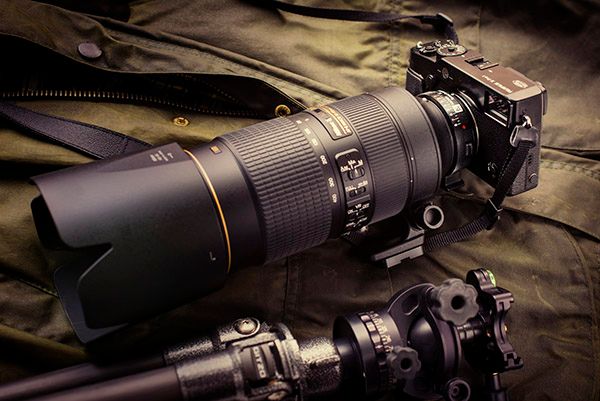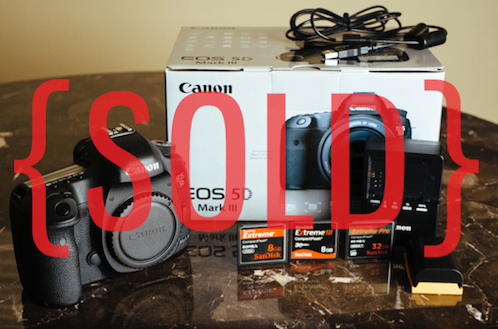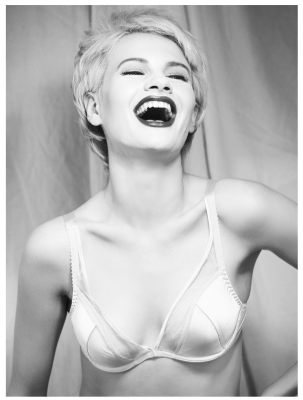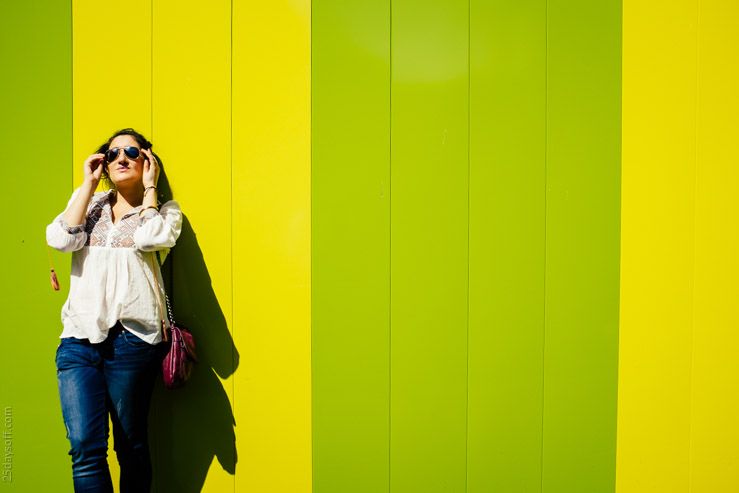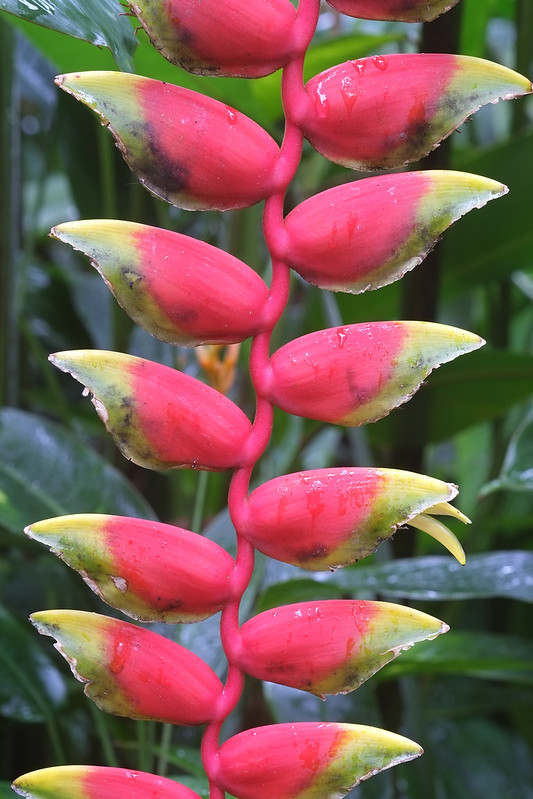FR-reader zone: Jeff’s best X-PRO1 shots, 55-200 love story, a switch to the X and a speed booster review
Thanks X-shooters for sharing your stories, galleries and reviews with Fujirumors. Keep it up via fujirumor@gmail.com, facebook or twitter.
Remember that until September 21 you can profit from hughe price drops on 5 XF lenses if you purchase them together with the X-E1 or X-PRO1 and save up to 1,150. You can find the deals here: AmazonUS: Fuji X-E1 / Fuji X-PRO1 – BHphoto: Fuji X-E1 / Fuji X-PRO1 – Pictureline: Fuji X-E1 / Fuji X-PRO1 – Adorama: Fuji X-E1 / Fuji X-PRO1
The brand new XF 23mm is not included in this offer. You can pre-order it here: USA: AmazonUS / BHphoto / Adorama / Pictureline EUROPE: PCHstore / wexcamerasDE / wexphotographicUK
have a great Sunday
Patrick
Jeff
Hi, there. Love that you are featuring Lawrence’s work [admin: I’ve shared Lawrence’s work here and here]…I’ve known him for a long time, and in fact was the one who urged him to ditch his old equipment and purchase the Fuji system! His work is fantastic. Anyway, I wanted to get on your radar. I’ve been using the X-Pro1 almost exclusively for a while and have blogged about some of my best images, all with X-Pro1. http://jeffseltzerphotography.com/blog/ . Thanks for taking the time to look. Best, Jeff (http://jeffseltzerphotography.com/ http://onlyapicture.tumblr.com/)
Jeff (onlyapicture.tumblr.com)
_ _ _
Fuji XF 55-200mm: [shopcountry 12892]
Michael
Fujinon 55-200mm – A Love Story: Great site! My story from today – I didn’t believe in love at first sight, until I took out my X-E1 for my first shoot with the XF 55-200. I happened to have it with me when a storm suddenly broke and the sun sat perfectly between the cloud line and the horizon. This is a JPEG straight out of the camera w/ the Velvia film simulation – I absolutely love the colors that this lens can produce, and experienced very little lens flair unless pointed directly into the sun. I already loved the X system I’ve been building, but I might not take this lens off for quite some time.
More will be coming http://www.flickr.com/photos/the_lensman
Thanks for providing such relevant content!
Michael
_ _ _
Fuji X-PRO1: [shopcountry 12882]
Carl
The above is a daily blog written by a 43 year professional photographer – the likes of 1) Washington Redskins Football Team Photographer, 2) photographed 6 standing Presidents of the USA, – well you get the picture. He has been, for the last 10+ years, a Nikon representative but has retired in the last 2 months. I think you will find his last two days of blogs very interesting. In Thursday blog (click here) he tells of his life commitment to photography and primarily Nikon equipment – and then in the last 6 months his switch to Fuji equipment. He got so many comments on Thursday blog that he wrote Friday’s blog (click here) about Fuji including many pictures. I thought you needed to know this – and would enjoy reading it – and maybe your readers would too. I am a friend of Bill’s and consequently switched to Fuji (X-E1) myself after much discussion with him personally. Your blog (Fujirumor) is the first thing I read in the morning after my daily devotional. Check it 2-3 times a day thereafter. You REALLY do a good job!
Grace to you – and for all you do for the Fuji world! Carl
“So many sad stories start with a visit to the doctors office. My doctor said, “Would you like some more shoulder surgery?” I responded, “would you like me to sock you in the jaw??!!” ( My doctor is also a good friend and he’s use to my, sometimes, caustic manner!) He explained that if I wanted to preserve my remaining, good shoulder, I was going to have to stop carrying a 25 + pound camera bag! […] Then it happened ……. It was Nick’s fault […], he introduced me to her! She was much smaller and lighter, but really well built, and oh how sharp her lenses were. Nick may have introduced me to her but I was the one who decided to take her for a spin, don’t blame Nick! After a romantic afternoon of shooting the Fuji X-Pro 1, with my hands all over her, I went back and downloaded the files. There it was, starring me in the face, and as Judy Garland sang in the nineteen fifties, “You Made Me Love You!”
Carl (image courtesy: billfortney.com)
_ _ _
Speed Booster [shopcountry 16275]
Tom
Patrick – I have done a review of the Metabones [shoplink 16275 ebay]Speed Booster[/shoplink] adapter that mounts Nikon G lenses onto Fuji X cameras. I have been excited by the potential of this device ever since it came out and wanted to give it a try. I performed a large number of practical tests some of Nikon’s best lenses mounted on a Fuji X-Pro1 with the Speed Booster. My results include many downloadable sample images that I think your readers will find interesting.
Here is a link to the post:
http://aboutphotography-tomgrill.blogspot.com/2013/08/metabones-speed-booster-nikon-g-lens-to.html
And here is a photo that shows an impressive hook-up of Nikon’s newest 70-400mm lens mounted on the X-Pro1:
www.tomgrill.com/ti01067402bl.jpg
This was a really interesting test to perform. I think your readers will enjoy it. – Tom
From the conclusions: “As already mentioned, optical quality will be degraded somewhat simply by inserting another optical element in the image path. Nonetheless, the center sharpness with almost all lenses I tested remained very high. It is only in the corners that things began to fall apart, as the image softened, vignetting increased, and color fringing crept in — all of which was more apparent with zoom lenses than with primes, and most of which was easily corrected in post-processing.
Tom




